Most star stacking programs require at least 16GB of RAM for smooth operation. PixInsight demands 32GB for serious work, while Deep Sky Stacker can function on 8GB but performs better with 16GB. AstroPixel Processor and ASI DeepStack both benefit from 32GB RAM, especially for high-resolution projects. For ideal performance across all applications, aim for 32-64GB RAM paired with a multi-threaded CPU. The right hardware setup can dramatically reduce your processing times.
Memory Requirements for Popular Star Stacking Programs

When diving into the world of astrophotography processing, you’ll quickly discover that RAM directly impacts your software’s performance. Most popular stacking software sets minimum memory requirements that you’ll need to meet for efficient operation.
PixInsight demands at least 16GB of RAM, though 32GB is recommended for larger datasets.
Deep Sky Stacker can function with 8GB, making it accessible for entry-level systems, while ASI DeepStack runs effectively with 16GB but performs better with more.
AstroPixel Processor requires a minimum of 8GB, but processing high-resolution images becomes noticeably smoother with 16GB or more.
Similarly, CCDStack recommends 16GB as a baseline, with 32GB providing peak performance when processing images.
Your choice should align with both your budget and processing needs.
RAM Demands of Leading Astrophotography Software
Although minimum requirements provide a baseline, the actual RAM demands of leading astrophotography software vary considerably based on your specific workflow.
PixInsight users should aim for at least 16GB, with 32GB recommended for serious work.
PixInsight demands substantial RAM resources—serious astrophotographers should consider 32GB the sweet spot for optimal performance.
Deep Sky Stacker can function with 8GB, but you’ll see marked improvements with 16GB, especially when processing multiple image stacks.
AstroPixel Processor and ASIDeepStack both perform adequately with 16GB, though 32GB delivers considerably smoother operation during complex tasks.
Your processing workflow ultimately determines RAM needs.
For basic stacking of a few dozen images, 16GB might suffice. However, if you’re working with hundreds of high-resolution subs or performing intensive post-processing, some stacking programs may demand up to 96GB for ideal performance.
Performance Comparison: Memory Usage During Stacking Operations
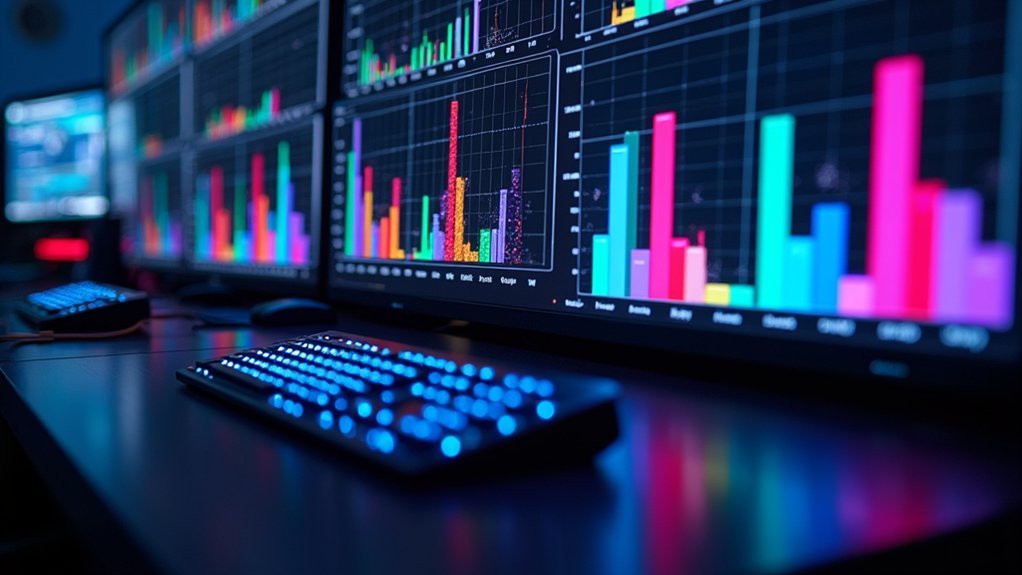
Despite having similar functions, star stacking programs exhibit considerably different memory profiles during operation.
PixInsight demands extraordinary resources, with users reporting RAM consumption exceeding 96GB when processing large data stacks. In contrast, software like CCDStack and Astro Pixel Processor manage memory more efficiently, delivering comparable results with markedly lower overhead.
- Deep Sky Stacker requires minimal resources, making it ideal for entry-level systems.
- PixInsight’s extensive processing capabilities come at the cost of extreme memory usage.
- Astro Pixel Processor balances advanced features with optimized RAM consumption.
For peak performance across all popular stacking software, you’ll want at least 32GB of RAM in your system.
This recommendation increases if you’re working with high-resolution astrophotography data, especially when using memory-intensive applications like PixInsight.
Hardware Recommendations for Optimal Stacking Efficiency
Building a system specifically tailored for astrophotography stacking can greatly improve your workflow and reduce processing times.
You’ll want to prioritize RAM capacity, with 32GB as the minimum and 64GB being ideal for extensive projects that involve large datasets.
For processing power, consider high-performance CPUs like the AMD Ryzen 9 5900X or ThreadRipper 2950X, which considerably reduce processing times in applications like PixInsight.
Pair these with fast NVMe SSDs (1TB+) offering speeds around 2000MB/s to handle large image files efficiently.
Don’t overlook your GPU—an Nvidia RTX 3070 or 3060Ti will enhance AI-assisted stacking tools.
Finally, make sure your motherboard supports adequate PCIe lanes and memory slots to prevent bottlenecks during data-intensive operations.
Balancing System Resources: CPU, GPU, and RAM Considerations
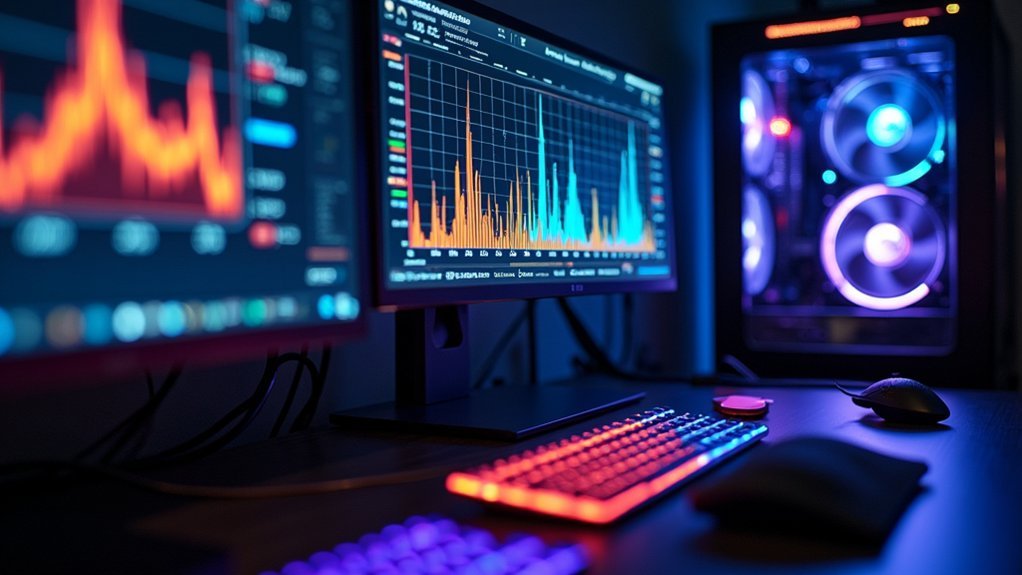
When configuring a system for astrophotography processing, balancing your hardware resources becomes essential for peak performance. Your CPU serves as the primary workhorse, with multi-threaded processors like the AMD Ryzen 5900X dramatically reducing processing times for complex stacking operations.
Powerful multi-core processors transform astrophotography workflow, cutting hours from complex stacking operations.
While 32GB of RAM represents the minimum threshold for serious work, you’ll notice significant improvements when handling larger data stacks with more memory.
Though not always essential, a capable GPU can enhance certain workflows, particularly when using AI-assisted tools like StarNet++.
- Prioritize CPU upgrades for the most consistent performance gains across all stacking programs
- Match your RAM capacity to your typical project size—larger panoramas require substantially more memory
- Consider NVMe SSDs with 2000MB/s+ speeds as they greatly reduce data access bottlenecks during processing
Frequently Asked Questions
How Much RAM Do I Need for Astrophotography?
You’ll need at least 16GB RAM for basic astrophotography, but 32GB is recommended for better performance. If you’re processing large image stacks or running multiple tasks, consider 64GB or more for ideal results.
What Is the Best Software for Astrophotography Stacking?
The best software for astrophotography stacking depends on your experience level. PixInsight offers advanced capabilities but has a steep learning curve. For beginners, try the user-friendly Deep Sky Stacker (free) or Astro Pixel Processor.
In Summary
You’ll notice your system’s RAM is the essential bottleneck for many stacking programs. Don’t skimp here—16GB is bare minimum, while 32GB or more delivers the smoothest experience. When upgrading, prioritize memory before faster processors. By matching your hardware to your specific software’s requirements, you’ll drastically reduce processing times and handle larger image sets without frustrating crashes.
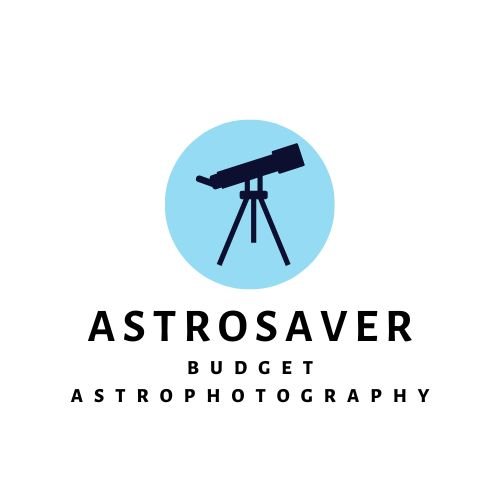

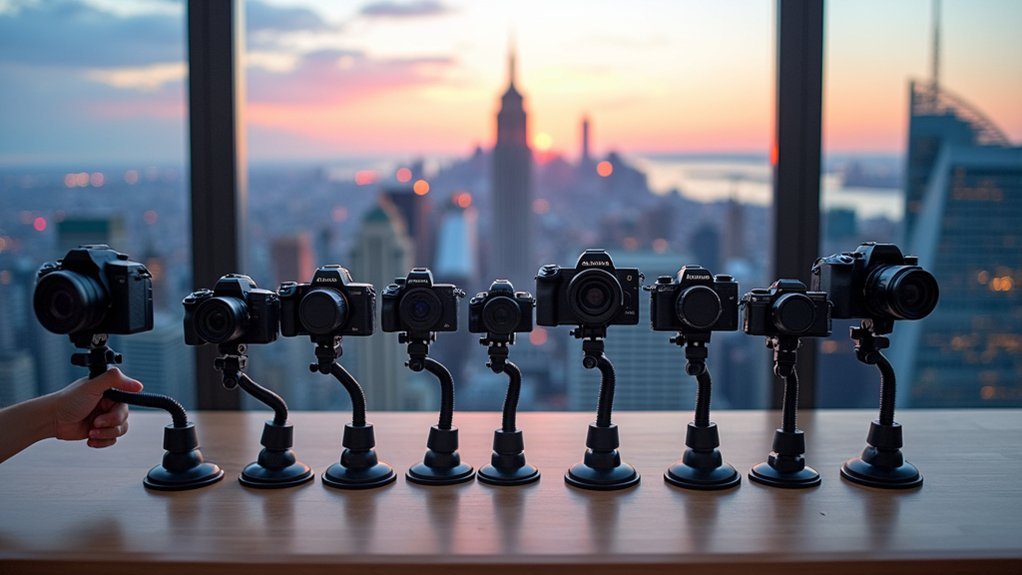
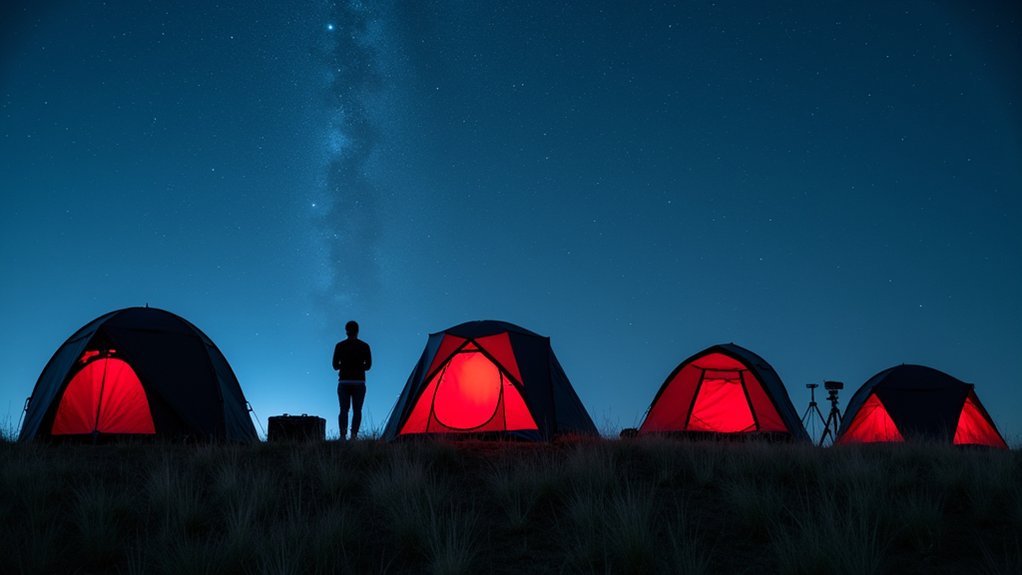
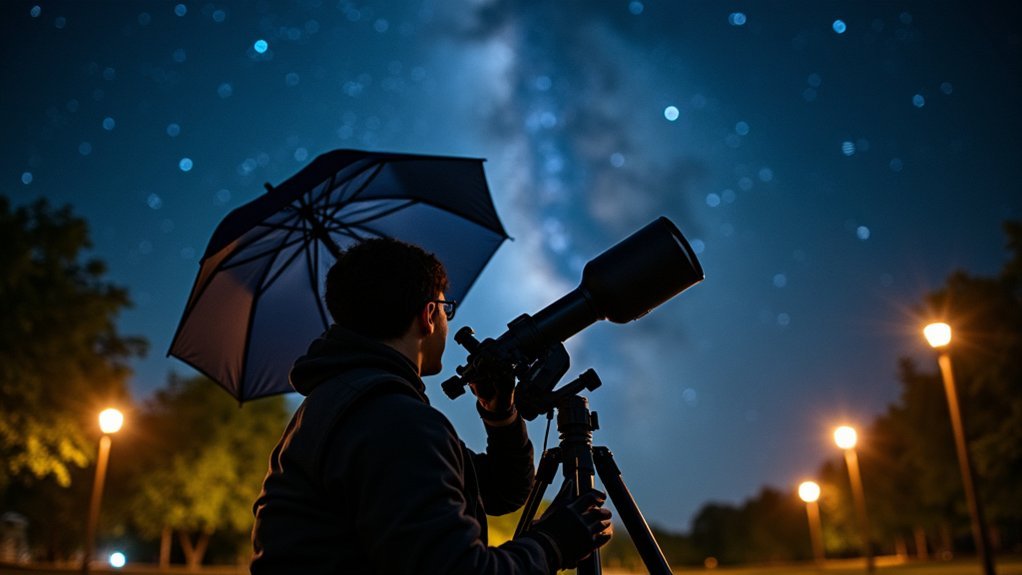
Leave a Reply